Watercubs & Kivisilmän
working show-quality newfoundlands
and history
How to use Brushes and Combs on a Newfoundland
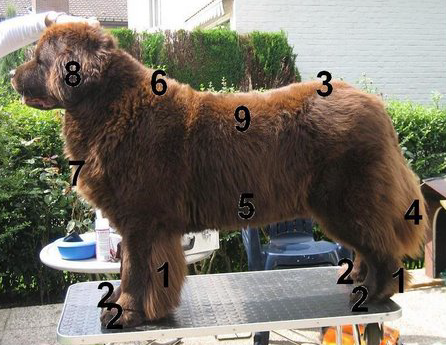
1.
leg feathers (2)
2. paws (2)
3. behind(1,2,3,4)
4. tail (2)
5. underline&sides (1,2,4)
6. neck (1,2)
7. chest (1,2,4)
8. ears (2,3)
9. back (1,2,3)
Always try the brushes and combs on your Newfs coat, as the thickness,
hardness, oiliness and length of the coat affect the kind of brush that
works best. The brushes and combs have to fit your hand and be comfortable
to use as a Newfies' coat needs a lot of work and you will use the equipment
a Lot! It is a good idea to get the best equipment, even though expensive,
since they save you time and the end result is often much better.
A basic trimming set:
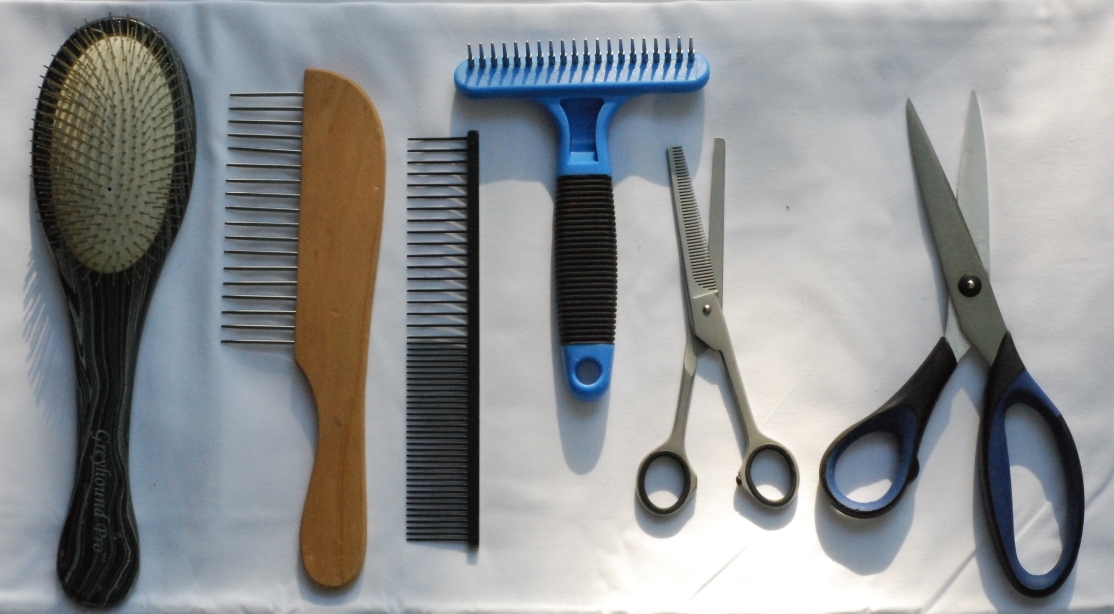
1. Rakes
There are many different kinds of rakes. The best one for a brown newfie is a soft, light, plastic one. The best for a black is a metallic, heavier rake. If you tried to brush your brown newfie with the metallic (black) one, you'd end up pulling all the fur away, and for a black one, the plastic one is too light and won't take anything out. There are also rakes with rolling spikes, some like those. You can use a rake for everything but the tail and the feathers in the legs.

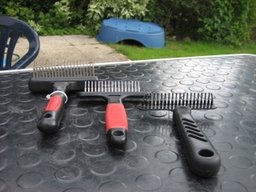
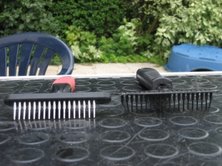
2.
Slicker Brushes
There are soft and hard ones, the softer ones are better for brown newfies and for puppies, because their coats are softer. The slicker brush mustn't be too hard in any case, because it mustn't break the coat. I would prefer to use a brush instead of a slicker brush.
You can use a slicker brush for finishing (just before a show) and for brushing the tail and the feathers.
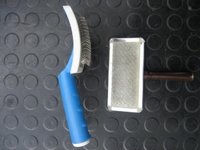
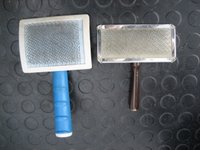
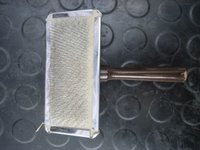
3. Combs
There are many different kinds. The best ones are metallic, narrow spiked ones. If the spikes are too round at the tips, it won't sink into the fur and you'll end up combing only the outer coat.
You can use combs for the ears (also the tips and sides), legs, snout and for most of the body. DON'T use it for the feathers, the tail or the behind. Combs will pull all the long fur out from those areas and it'll take a long time to grow back.
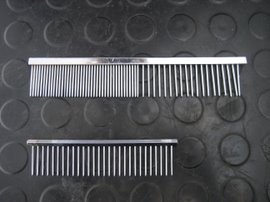
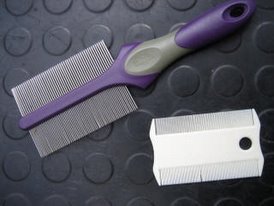
Other kinds of combs:
"Poodle comb" (right) is the best for the butt, you can open the armpits and the paw feathers with that too (the only comb for doing that). The other comb (almost identical), however, cannot be used for any of those afore mentioned places, because even though they look almost alike, they are not. The left one has shorter spikes and isn't as "elastic" as the one on the right.
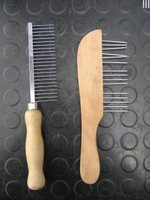
4. How to open matts and tangles.
The best way to open a matt is to use the "dematting comb". It is designed to cut open a matt, so be very careful not to cut the dog. The matts are always opened from the tip towards the roots, "cutting" vertically, so DON'T cut the whole matt off, but open it! It takes time for the fur to grow back, so be careful!
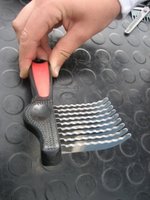
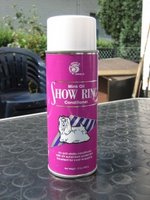
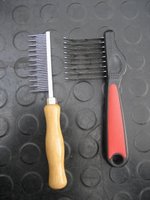
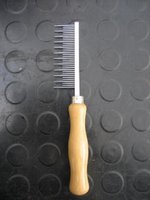
Mink oil is a good help in opening the matts and tangles. It makes the fur oilier and the comb slides easier. It also keeps the fur cleaner for a longer time and keeps ticks away.
5. Brushes
You can use brushes for any part of the dog. Brushes don't untangle the fur, but clean it by removing the biggest dirts.

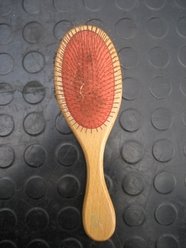
6. Nail clippers
There are many different models, but the ones below are the best. They stay sharp for a very long time and they're easy to use. You can also use a Dremel to shorten your dog's nails. We prefer the Dremel as it can make the nails hardwood floor friendly.
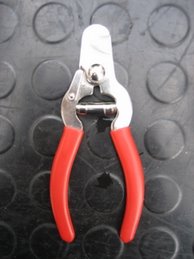
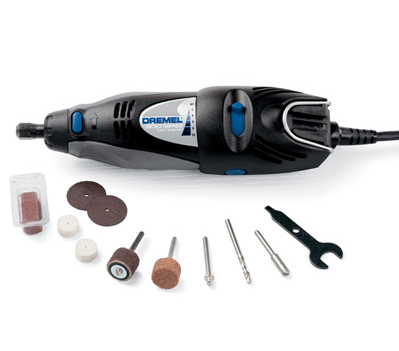
7. Scissors
Thinning shears are the best. You can use them for finishing touches and to hide the cutting marks. They are the best for thinning the coat (esp. chest) They're worth the extra expense. The heavier ones (left) cut better and the result is also much better. They are a bit more expensive, but worth the money.
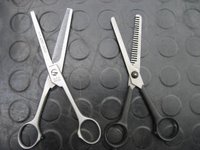
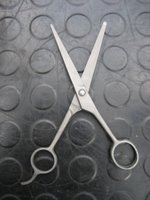
Regular scissors can be used to cut the underline and paws. There are also thinning shears with cuts on both blades: they cut too little so for using them for a dog as big as a newfie, they're not worth it.
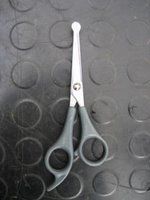
Scissors with a round tip are good for paws. If the dog suddenly moves, kicks... the scissors aren't sharp enough to do damage to you or the dog.
8. Trimming table
Tables save the trimmers back and keep the dog still. The result can be seen more easily as well.
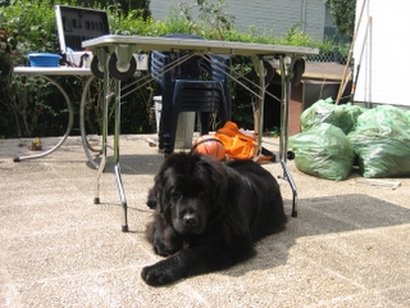
------
(c) Salmelin